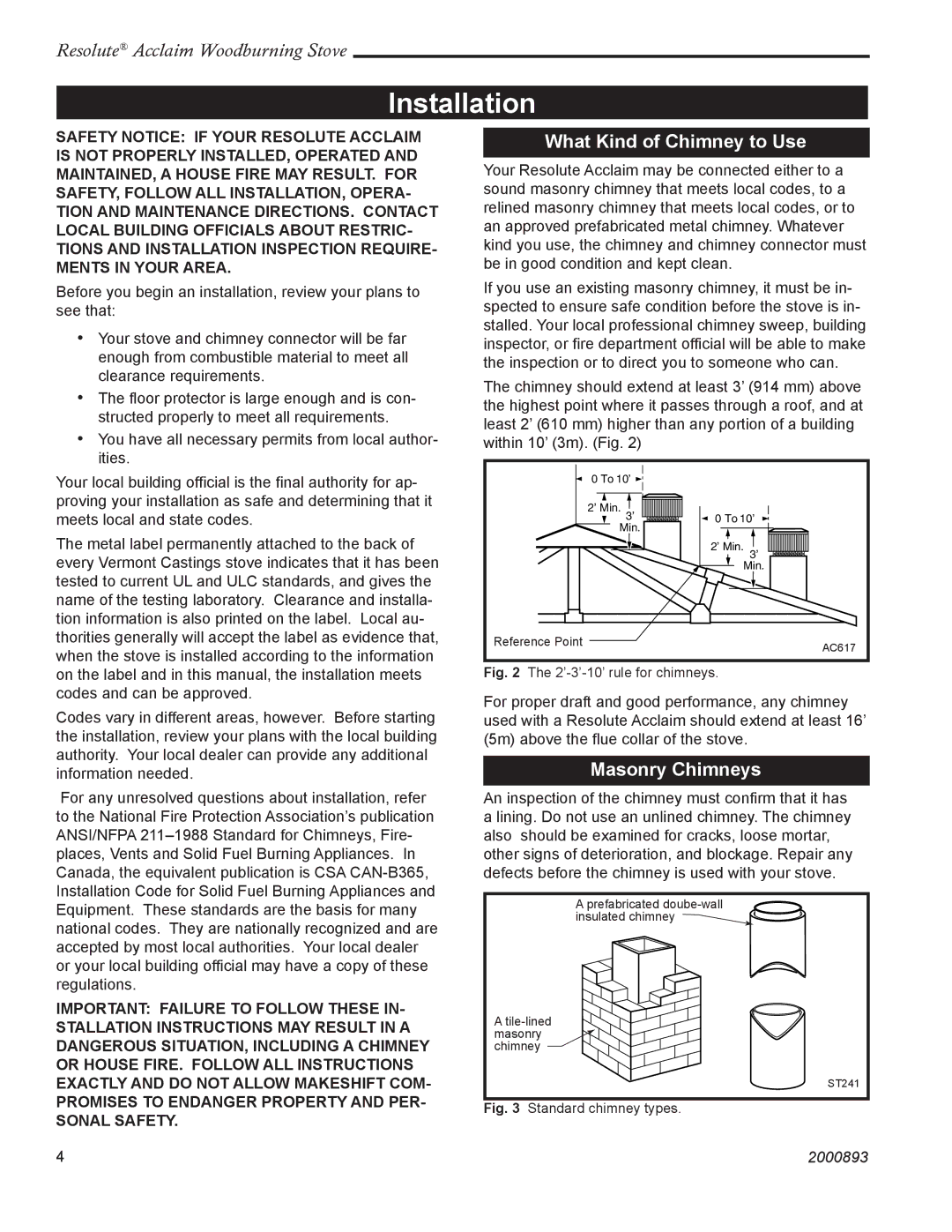2490 specifications
Acclaim Lighting has made a significant impact in the world of architectural and entertainment lighting with innovative solutions that cater to a wide array of applications. One of their standout products is the Acclaim Lighting 2490, a lighting fixture that exemplifies cutting-edge technology and high performance.The Acclaim Lighting 2490 is primarily designed for use in both indoor and outdoor settings. Its robust construction ensures durability against various weather conditions, making it an ideal choice for architectural lighting, theatrical productions, and even large-scale events. One of the standout features of the 2490 is its high lumen output, allowing it to provide bright, effective illumination in any scenario.
Equipped with advanced LED technology, the 2490 offers exceptional energy efficiency without compromising brightness. The fixture utilizes high-quality LEDs that not only extend the lifespan of the unit but also minimize heat generation, making it a sustainable choice for long-term use. This energy-efficient operation translates to lower energy costs and reduced environmental impact.
The Acclaim Lighting 2490 boasts versatile color rendering, with RGBW capabilities that allow users to create a wide palette of colors. This feature is particularly beneficial for event lighting and architectural applications where mood and aesthetics play a crucial role. Additionally, the fixture supports DMX control, making it easy to integrate into existing lighting setups and enabling synchronized light shows or dynamic lighting transitions.
Another noteworthy characteristic of the 2490 is its adjustable beam angle. This adaptability provides users with the flexibility to focus light where it's needed most, whether for highlighting architectural features or creating immersive environments for theatrical performances.
Built with user-friendliness in mind, the Acclaim Lighting 2490 includes options for easy mounting and installation. Its lightweight design coupled with intuitive controls ensures that both professional lighting technicians and newcomers can operate it with ease.
Overall, the Acclaim Lighting 2490 stands as a testament to the brand's commitment to quality and innovation in lighting technology. With its combination of efficiency, versatility, and durability, it offers a comprehensive solution for a wide array of lighting needs, making it a preferred choice among lighting designers and professionals alike.

